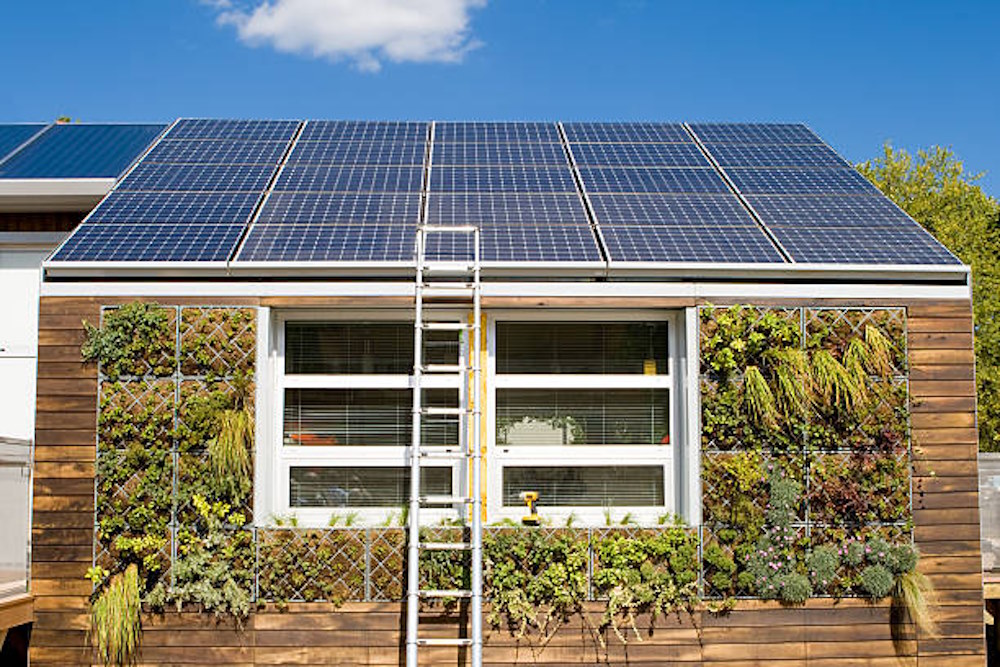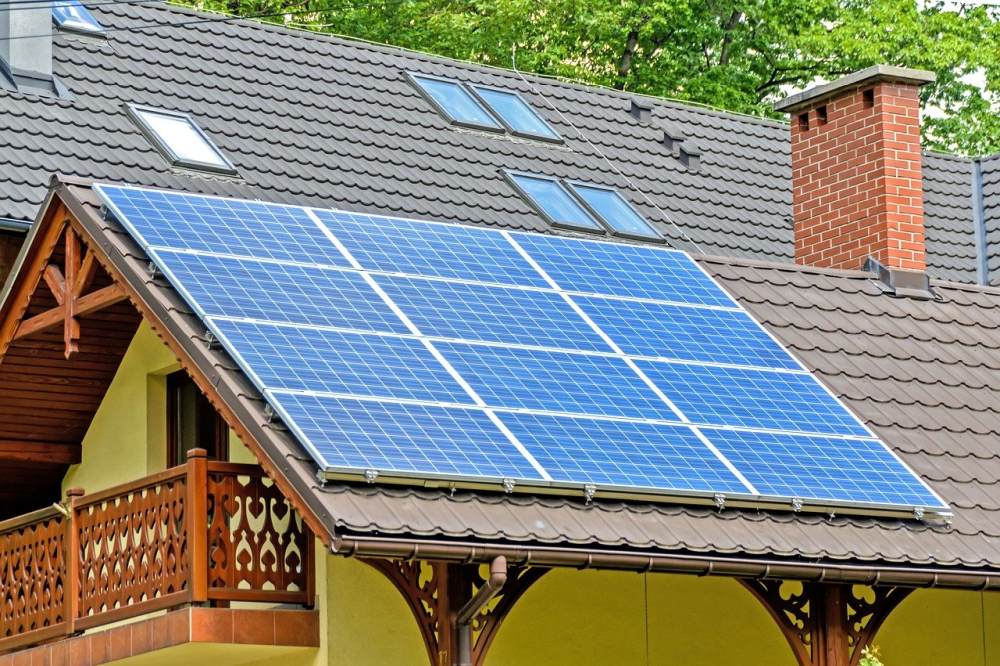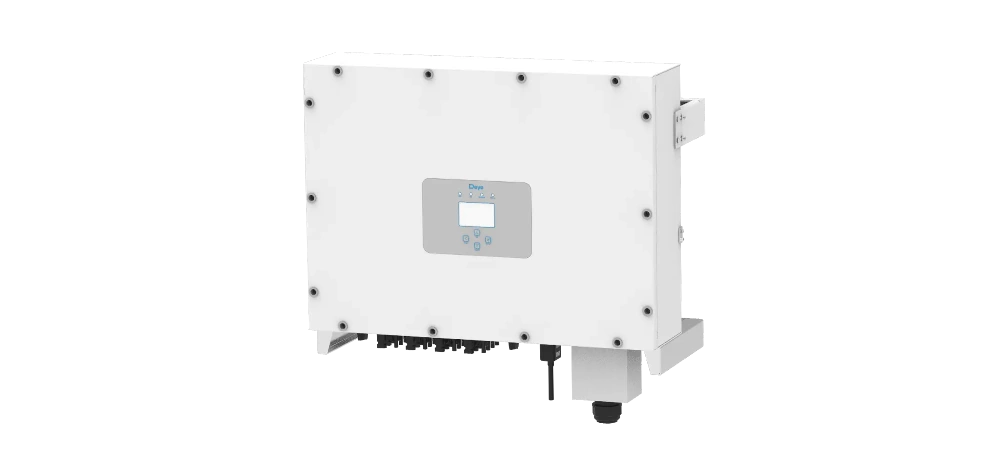Off-Grid Solar System in South Africa – A Comprehensive Guide
Introduction
In a nation blessed with abundant sunshine and a growing focus on sustainability, off-grid solar systems have emerged as a powerful and practical solution to address South Africa’s energy challenges. If you’re considering breaking free from the constraints of the grid and embracing the benefits of self-reliant energy generation, this comprehensive guide on how to setup a off-grid solar system in South Africa is your roadmap to energy independence.
Why Off-Grid Solar Systems Matter
- Energy Independence: Off-grid solar systems allow homeowners and businesses to generate their electricity, reducing dependence on the often unreliable grid. This energy independence ensures uninterrupted power supply.
- Cost Savings: By harnessing the sun’s energy, off-grid systems can lead to significant long-term cost savings, as you no longer need to rely solely on grid electricity.
- Environmental Impact: Off-grid solar systems produce clean and renewable energy, reducing greenhouse gas emissions and contributing to a more sustainable South Africa.
Components of an Off-Grid Solar System
To understand how off-grid solar systems work, it’s essential to know the key components that make up the system:
- Solar Panels: Solar panels capture sunlight and convert it into electricity. High-quality solar panels are vital for maximizing energy generation.
- Charge Controller: The charge controller regulates the flow of electricity from the solar panels to the batteries. It prevents overcharging and ensures the batteries remain in good condition.
- Battery Bank: Batteries store excess energy generated during the day for use at night or on cloudy days. Choosing the right battery type and capacity is crucial for system performance.
- Inverter: The inverter converts DC (direct current) electricity from the solar panels and batteries into AC (alternating current) electricity used in homes and businesses.
- Backup Generator (Optional): In areas with prolonged periods of low sunlight, a backup generator can provide supplementary power to keep the system running.
Designing Your Off-Grid Solar System
When designing an off-grid solar system for South Africa, several factors must be considered:
- Energy Consumption: Calculate your daily energy needs to determine the size of your system. Consider the number and types of appliances and devices you’ll be powering.
- Location: South Africa’s climate varies from region to region. Your location will affect the number of sunlight hours and energy generation potential. Solar panels should be strategically placed to capture the maximum sunlight.
- Battery Capacity: Choose the right battery capacity to ensure you have enough stored energy to meet your needs during cloudy days or at night. Battery autonomy is essential.
- Inverter Type: Select an inverter that matches your system’s voltage and capacity requirements. Pure sine wave inverters are ideal for sensitive electronics and appliances.
- Maintenance: Regular maintenance is essential to ensure the system operates efficiently. Batteries, in particular, require periodic checks and maintenance.
Benefits of Off-Grid Solar Systems
- Uninterrupted Power Supply: Off-grid systems provide reliable electricity even during grid outages or load shedding events.
- Cost Savings: By generating your electricity, you can reduce or eliminate monthly electricity bills, making off-grid solar a cost-effective option in the long run.
- Energy Independence: With an off-grid system, you’re in control of your energy production, reducing reliance on the grid and its associated challenges.
Conclusion
Off-grid solar systems are a transformative solution for South Africans seeking energy independence, cost savings, and a more sustainable way of living. With careful planning, the right components, and regular maintenance, you can harness the power of the sun. This will provide your electricity needs, even in remote or underserved areas.
Embrace the future of energy in South Africa with off-grid solar systems. As the nation continues to invest in renewable energy and sustainability, off-grid solar systems empower individuals . Allowing communities to contribute to a greener and more resilient energy future.



